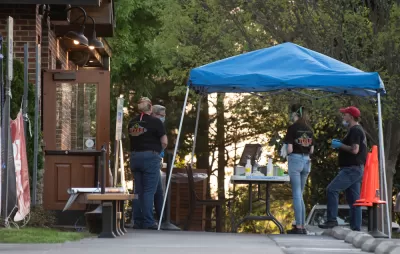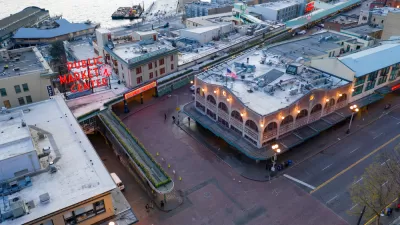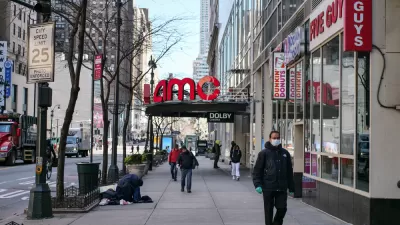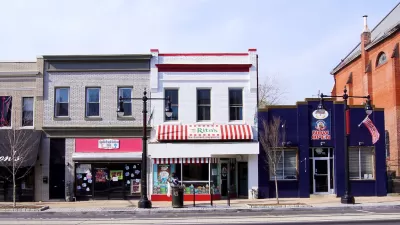Second in a series of conversations about what comes next in local government policies and processes, this time between Geoff Koski and Ben Brown on housing, retail, and broadband

Koski advises to real estate pros, governments, and non-profits on real estate and economic development-related issues. Brown asks a series of pandemic-related questions, starting with:
Ben Brown: There’s no getting around the cloud of uncertainty that will continue to frustrate planning efforts for the next few months. But that doesn’t mean those responsible for making and implementing policies, whether we’re talking leaders in government or business, can get away with doing nothing. Doing nothing is policy by default. So acknowledging all that, what are you encouraging your clients to think about right now?
Geoff Koski: Whether we’re talking about housing or retail or office space, I think the overarching impact of the pandemic and the Great Lockdown is that they will be trend accelerators. The need for innovative affordable housing answers, retail increasingly moving online, the death of distance in the logistics field, the work-from-home shift — all of these things were real and happening at the beginning of 2020. And they’ve only become more apparent and happening faster now.
BB: “Death of distance in the logistics field”? Explain more about that.
GK: We’re growing slower as a population and moving less. We’re having fewer kids. Suburban school districts are telling us that they aren’t seeing the student-to-new-home ratio that they experienced in the past. Remote working has already had effects on intra-national migration for employment, and it seems likely the pandemic and the lockdown experience for both workers and employers will only increase reliance on technology to shrink distances.
The two go on discuss to things city planners should consider within pandemic-driven trends.
FULL STORY: Lessons from the Pandemic: Housing, Retail, Broadband

Maui's Vacation Rental Debate Turns Ugly
Verbal attacks, misinformation campaigns and fistfights plague a high-stakes debate to convert thousands of vacation rentals into long-term housing.

Planetizen Federal Action Tracker
A weekly monitor of how Trump’s orders and actions are impacting planners and planning in America.

Chicago’s Ghost Rails
Just beneath the surface of the modern city lie the remnants of its expansive early 20th-century streetcar system.

Bend, Oregon Zoning Reforms Prioritize Small-Scale Housing
The city altered its zoning code to allow multi-family housing and eliminated parking mandates citywide.

Amtrak Cutting Jobs, Funding to High-Speed Rail
The agency plans to cut 10 percent of its workforce and has confirmed it will not fund new high-speed rail projects.

LA Denies Basic Services to Unhoused Residents
The city has repeatedly failed to respond to requests for trash pickup at encampment sites, and eliminated a program that provided mobile showers and toilets.
Urban Design for Planners 1: Software Tools
This six-course series explores essential urban design concepts using open source software and equips planners with the tools they need to participate fully in the urban design process.
Planning for Universal Design
Learn the tools for implementing Universal Design in planning regulations.
planning NEXT
Appalachian Highlands Housing Partners
Mpact (founded as Rail~Volution)
City of Camden Redevelopment Agency
City of Astoria
City of Portland
City of Laramie





























